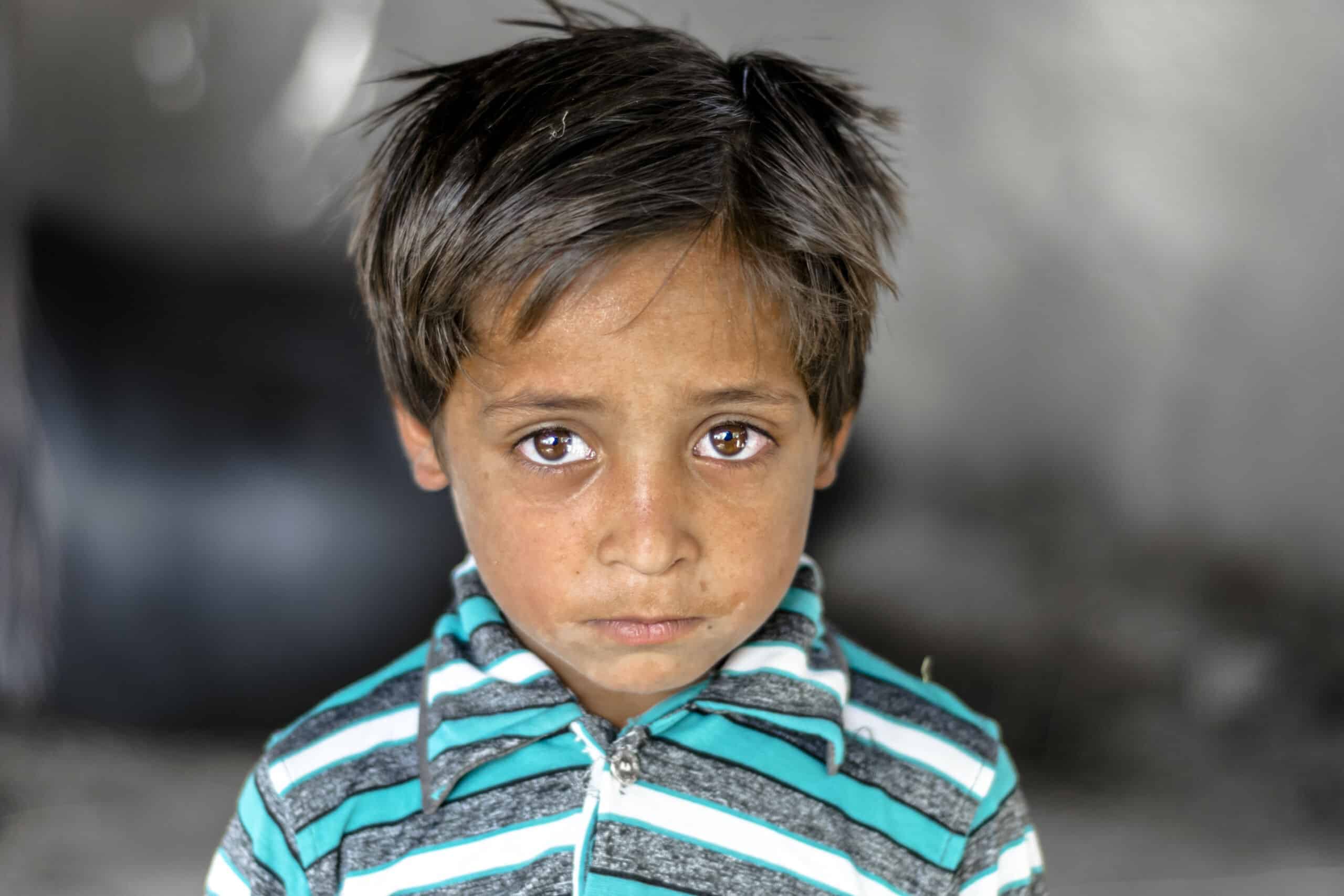A global analysis performed by Imperial College London found that poor nutrition created a large height gap among children. Researchers looked at the height and weight of school-aged children and adolescents in 193 countries around the world. The study assessed data from 65 million children between ages 5 and 19 years old.
Published in the journal The Lancet on November 7, 2020, the analysis revealed that children’s height and weight vary dramatically worldwide.
Researchers found that 19-year-olds in the tallest and shortest nations had a 20cm height difference upon looking at the data. This indicated an eight-year growth gap for girls and a six-year gap for boys. For example, researchers found 19-year-old girls in Bangladesh and Guatemala had the same height, on average, as 11-year-old girls in the Netherlands. But, why is there such a discrepancy between these countries?
The team concluded that a lack of quality nutrition in childhood might cause stunted growth and even childhood obesity. Nations with shorter children typically have higher overall obesity rates, suggesting poor access to healthy food. This could lead to health problems that follow children well into adulthood if not addressed early on.
Height analysis among the nations
The research covered data from 1985 to 2019 and found that the tallest 19-year-olds lived in the northwest and central Europe. The nations with the tallest children included the Netherlands, Montenegro, Denmark, and Iceland. The shortest 19-year-olds in 2019 were mostly from south and southeast Asia, Latin America, and East Africa. Countries included Timor-Leste, Papua New Guinea, Guatemala, and Bangladesh.Their data analysis also showed that children’s height improved most in growing countries like China, South Korea, and other parts of southeast Asia. For instance, average 19-year-old boys in China in 2019 gained 8cm in height since 1985. They had previously been ranked the 150th tallest country in 1985, and in 2019 they moved up to 65th place. However, particularly boys, the height of children in many Sub-Saharan African nations decreased or remained stagnant since 1985.
The UK’s global height ranking also fell over the past 35 years. In 1985, 19-year-old boys ranked as the 28th tallest globally, but in 2019, this dropped to 39th. 19-year-old girls went from 42nd tallest to 49th.
BMI comparison across the globe
The researchers looked at children’s Body Mass Index (BMI), which gives a height to weight ratio. This tells doctors if a person’s weight falls into a healthy range for their height. The global analysis found that 19-year-olds in the Pacific Islands, the Middle East, the US, and New Zealand had the highest BMI. In comparison, 19-year-olds living in south Asian countries like India and Bangladesh had the lowest BMI.
The difference between the highest and lowest BMIs came out to around 9 units of BMI or about 55 pounds. The international team’s analysis found that children at age five had a healthy height and weight as defined by the World Health Organization (WHO). However, they discovered large variations in children’s health across countries after this age. For example, some children gained too little height or too much weight compared to markers for healthy growth.
The research team believes that more than any other factor, poor nutrition, and the living environment during childhood cause these health problems. Both height and weight gains have strong correlations to the quality of a child’s nutrition, especially in the early years.
What this data reveals about poor nutrition
Based on the data, you can see how the diets of these nations impact height and weight. For example, in the US, most people have an abundance of food choices, but obesity rates stand around 40%. However, the US ranks near 40th for the tallest people in the world. On the other hand, countries in Africa and Asia, for example, have low BMIs but suffer from nutrient deficiencies and stunted growth.
Children’s health largely depends on food availability and living environment, which explains the variability in data. In the U.S. and other westernized nations, more access to processed foods and sugar play a large role in obesity. In developing nations, a lack of quality food and a harsh environment often leads to malnutrition and other health problems.
Professor Majid Ezzati, the senior author of the study from Imperial’s School of Public Health, said:
Children in some countries grow healthily to five years, but fall behind in school years. This shows that there is an imbalance between investment in improving nutrition in pre-schoolers, and in school-aged children and adolescents. This issue is especially important during the COVID-19 pandemic when schools are closed throughout the world, and many poor families are unable to provide adequate nutrition for their children.
Dr. Andrea Rodriguez Martinez, the lead author of the study from Imperial’s School of Public Health, added, “Our findings should motivate policies that increase the availability and reduce the cost of nutritious foods, as this will help children grow taller without gaining excessive weight for their height. These initiatives include food vouchers towards nutritious foods for low-income families and free healthy school meal programs, which are particularly under threat during the pandemic. These actions would enable children to grow taller without gaining excessive weight, with lifelong benefits for their health and wellbeing.”
Final thoughts on this study that shows poor nutrition causes a height gap among children
A global analysis recently revealed that a 20cm height gap exists between children in the tallest and shortest nations worldwide. Researchers explain that poor nutrition in childhood, along with living conditions, may explain the disparities. They found that the tallest 19-year-olds came from most central and northwest Europe. The shortest-lived in the southern and southeast Asia, Latin America, and East Africa.
As you can see, malnutrition continues to affect low-income nations and families around the globe. However, addressing the core problem by lowering the cost of healthy foods can lead to an epidemic of health rather than disease. Everyone on Earth deserves access to fresh, nutritious foods, and governments should work with schools to provide children with this opportunity.
















 Community
Community

